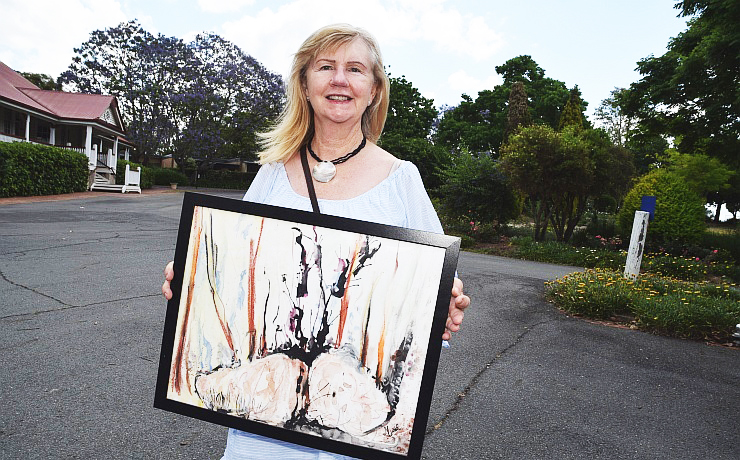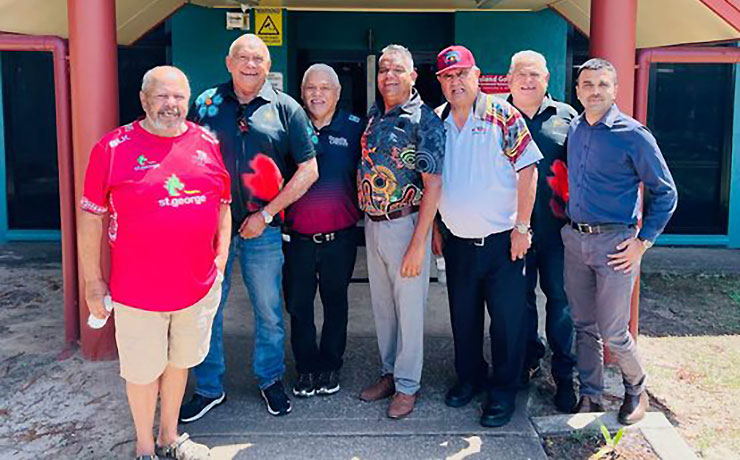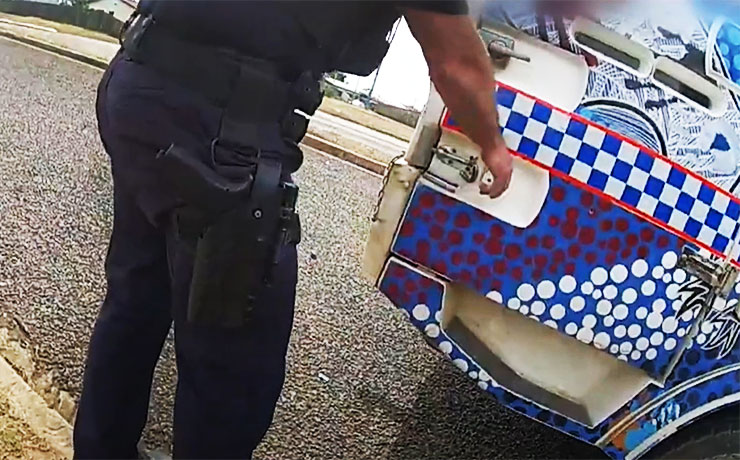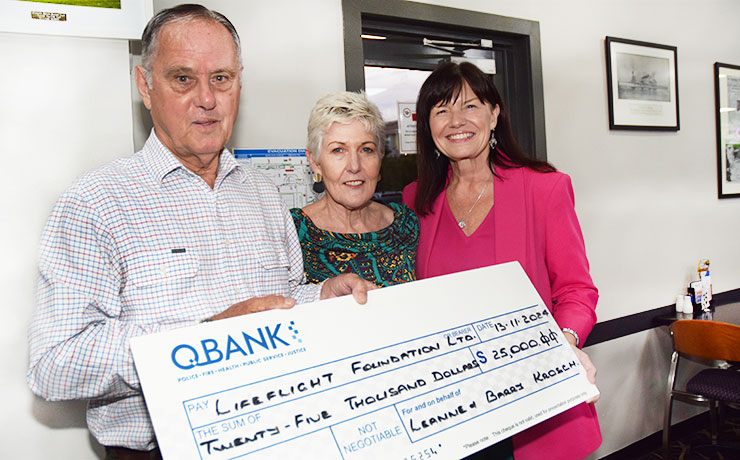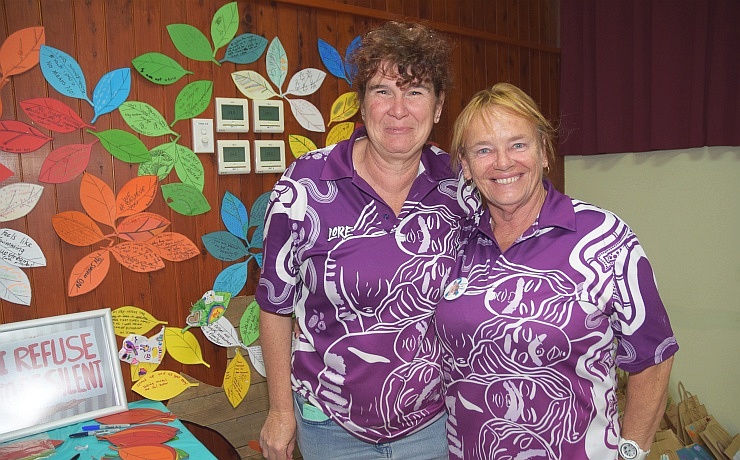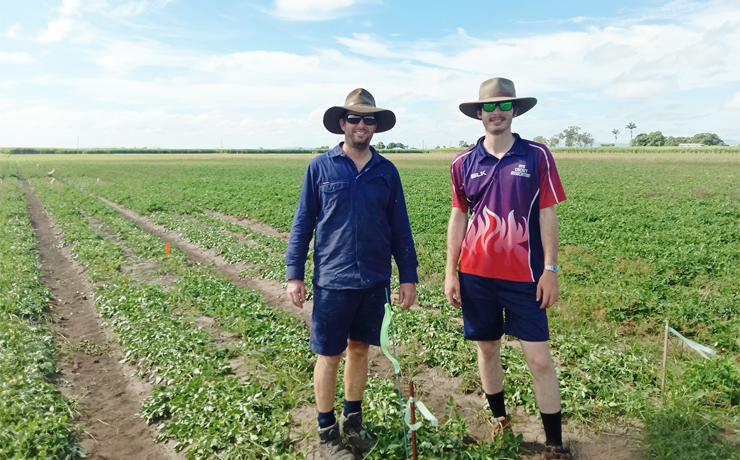
March 10, 2022
“Dual-purpose” peanut varieties could hold the key to diversifying grazing operations across Northern Australia, according to Central Queensland University researchers.
The peanuts would provide both high-value fodder as well as financial returns from the sale of peanuts.
A new project led by CQ University and Bega’s farming services team is setting out to test the concept through a series of trials across Queensland and the Northern Territory over the next three years.
The project is also being backed by the Cooperative Research Centre for Developing Northern Australia (CRCNA).
The “Grain and Graze North” project is evaluating different peanut varieties and breeding lines from the Bega-GRDC peanut breeding program that are already known to produce large volumes of foliage.
The trial will test them for both their suitability to a range of northern environments as well as their response to an early season biomass cutting and the consequent impacts on nut yield and harvest timing
“Peanuts have been identified as a priority crop for expanded production in Northern Australia, as we know they offer great production potential in the tropics and are well suited to some of the soil types,” lead researcher Associate Professor Surya Bhattarai said.
“This project is assessing whether high biomass peanut varieties also have potential to produce high value fodder to help diversify beef businesses, provide some feed security from extended dry seasons, and even finish stock for sale into higher value markets, while still delivering a valuable crop of nuts at the end of the season.”
The Grain and Graze North research activities are being conducted in partnership with farmers, Queensland’s Department of Agriculture and Fisheries, the Northern Territory Department of Industry Tourism and Trade, TRAP Services Tully, the Burdekin Bowen Floodplain Management Advisory Committee, the Central Highlands Development Corporation, Rockhampton Regional Council, the Central Highlands Cotton Growers and Irrigators Association, RDO Australia, and AgForce Queensland.
Trials are already underway in Emerald, Home Hill and Georgetown with further plantings planned for Tully, Katherine and Douglas Daly.
The trial sites at Emerald and Ayr were trimmed last month to replicate the process of cutting forage for hay, with the plant response and nut yield to be measured over the remainder of the season.
“Laboratory analyses will determine the nutritional quality for fodder/forage options, and assess any anti-nutrient and toxicity factors – this will be an important step for ensuring safe and productive feeding and grazing of peanut hay and biomass respectively,” Dr Bhattarai said.
The project also includes an economic analysis to determine the potential benefits of dual-purpose cropping, not just at individual farm level but for northern agriculture more broadly.
“In year two of the project we’ll be calling for farmers to participate in the trials and test the dual-purpose peanut concept at a commercial scale, with the view to providing industry with a detailed production guide on how to maximise profit from dual-purpose peanut crops by the end of project in early 2025.”
The CRCNA is part of the Australian Government’s Cooperative Research Centre Program.












